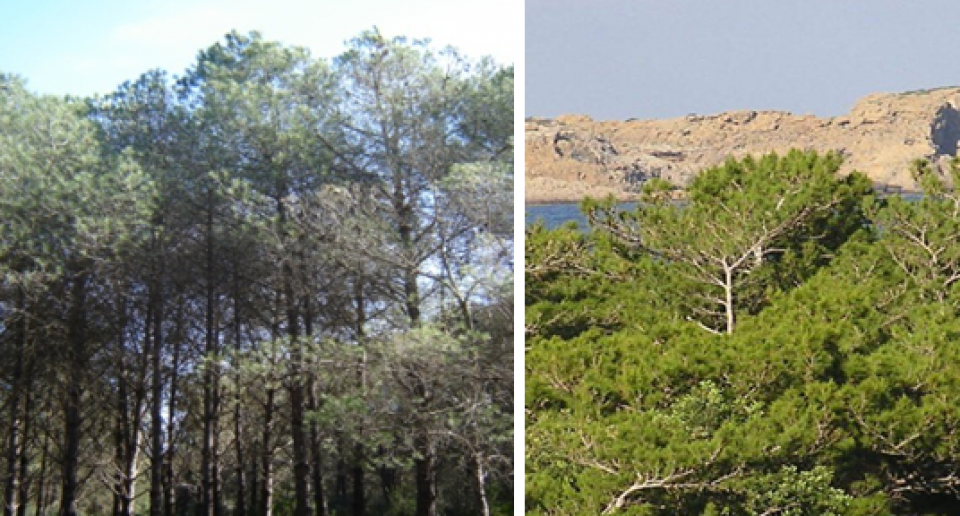
The aim of this work was to enhance the extraction technique of pine needles active molecules to valorize the non used needles.
The calabrian pine (pinus brutia) is a tree of the genus pinus and the family pinaceae. Its geographical distribution is generally the eastern Mediterranean. Brutia pine can be used for wood production purposes, as well as its resin which can be used for the manufacture of cosmetic and medicinal products. However, the exploitation of these bio-resources is still limited. To valorise and exploit the potential of this specie in Tunisia, we have studied the production of essential oils and the search for active molecules.
In our study, we evaluated the phytochemical and biological activities as well as the regeneration techniques of pinus brutia. The results obtained show that:
- The results of essential oils extraction of needles treated with solar drying have the greatest yield on essential oils (2%).
- The in vitro test of these essential oils, revealed a moderate antimicrobial activities on E.coli, C.albicans and Bacillus subtilis.
- The solar dried samples of P.brutia needles recorded the highest yield (8,49%) when using maceration extraction
- The statistical analysis revealed that time and the % of ethanol decrease the yield of total polyphenol content extraction. On the other hand, the elevated levels of temperature increased the total polyphenol content.
- The total content of ultrasonically extracted polyphenols was found to be slightly elevated than those obtained by aqueous maceration.
In the northern region of Tunisia, no economic importance has been attributed to pinus brutia. Therefore, it could be useful to increase the beneficial molecules of pine needles.
Pinus brutia needles have a high tannin content which when they accumulate under the trees they prohibit the other vegetation from growing.
-It’s easy for the rural population to use conventional maceration technique to obtain macerate within testing bioactive molecules.
-Collecting pine needles from under the trees could be a source of revenue for the local population.
Meriam Rezgui, mariem.rezgui.13@gmail.com, http://www.inrgref.agrinet.tn/
Mariem Zakraoui, mariem.zakraoui@gmail.com, http://www.inrgref.agrinet.tn/
Lamia Hamrouni, hamrounilam@yahoo.fr, http://www.inrgref.agrinet.tn/
Further information
M. Hmamouchi*, J. Hamarnouchi and M. Zouhdi (2001). Chemical and Antimicrobial Properties of Essential Oils of Five Moroccan Pinaceae. J. Essent. Oil Res., 13, 298-302.
Shahpour Khangholi et Ayatollah Zaeinodehi (2008). Effect of drying temperature on Essential Oil Content and composition of sweet Wormwood (Artemisia annua) Growing wild in Iran. Pakistan journal of Biological Sciences 11 (6): 934-937, 2008.
Meriam Rezgui

Meriam Rezgui
